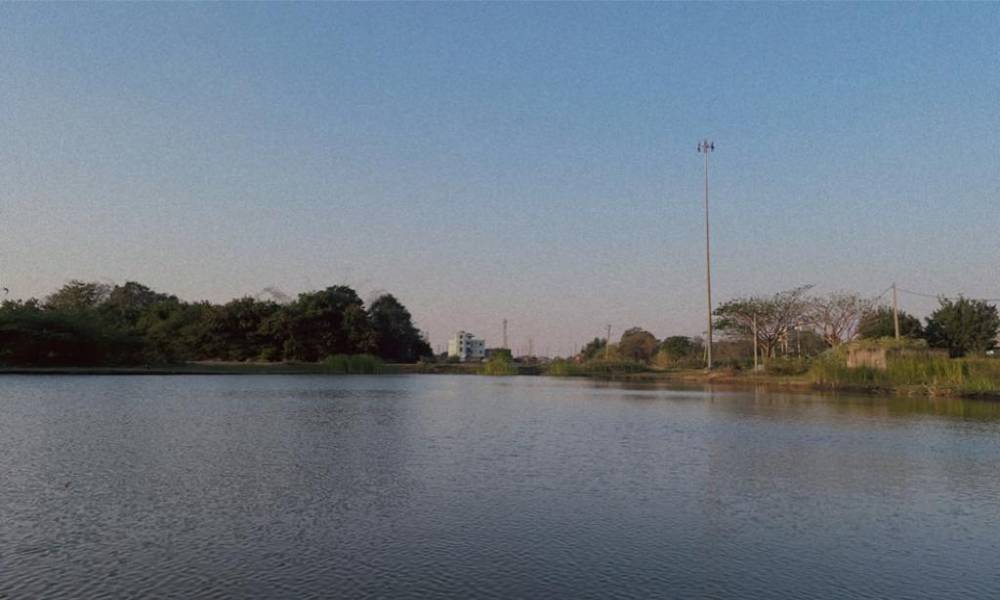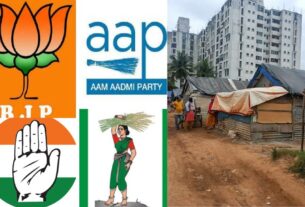Experts say that the findings of the water census must be printed and distributed to all wards in the state.
The scarcity of available water sources for human consumption has been affecting the people of Karnataka. Only 21.8 percent of 26,994 water bodies present in Karnataka are available to be used while the rest, 78.2 percent of the water bodies are not in use, revealed India’s first ever water census, published by the Ministry of Jal Shakti.
“We have to buy water from tankers every day worth Rs 500 since there is a disruption in the water supply,” said Ashiq, a fruit seller in the OMBR Layout in the Banaswadi region of Bengaluru. This is the case for everyone living in various parts of Karnataka.
Another resident living in OMBR layout, Bandari Naresh, a senior advocate said, “This situation has been prevailing for a long time. We have to store water in containers.”
The water census revealed that 78.2 percent of the water bodies which are not in use are ‘drying up, due to siltation, salinity, destroyed beyond repair and other reasons.’
Apart from the concerning situation of water bodies in the state, 93.8 percent of the total water bodies are owned publicly while only 6.2 percent is privately owned.
Of the water bodies which are owned publicly, 42.3 percent is owned by panchayats, 2.6 percent by the municipal authority, and 43.5 percent by Karnataka’s Water Resources Department.
Dr A N Yellappa Reddy, former retired secretary of the Department of Ecology and Environment said “After the water census is published, it is a constitutional responsibility of the government and other related officials to work towards improving the quality of the existing water bodies in the state,” He added that people should take up the responsibility along with the government.
“Lakes are a living entity. It has aquatic flora and fauna, and maintenance of lakes is essential to sustain their lives as well,” said Dr. Reddy.
He added that the findings of the water census should be printed and distributed in all wards and panchayats in order to create awareness amongst the citizens of Karnataka.
“There has to be combined participation of both public and private players,” said Dr. Reddy.
The report further showed that ‘out of 26,274 water bodies, 97 percent (25,485) are located in rural areas whereas remaining three percent (789) are located in urban areas.’



